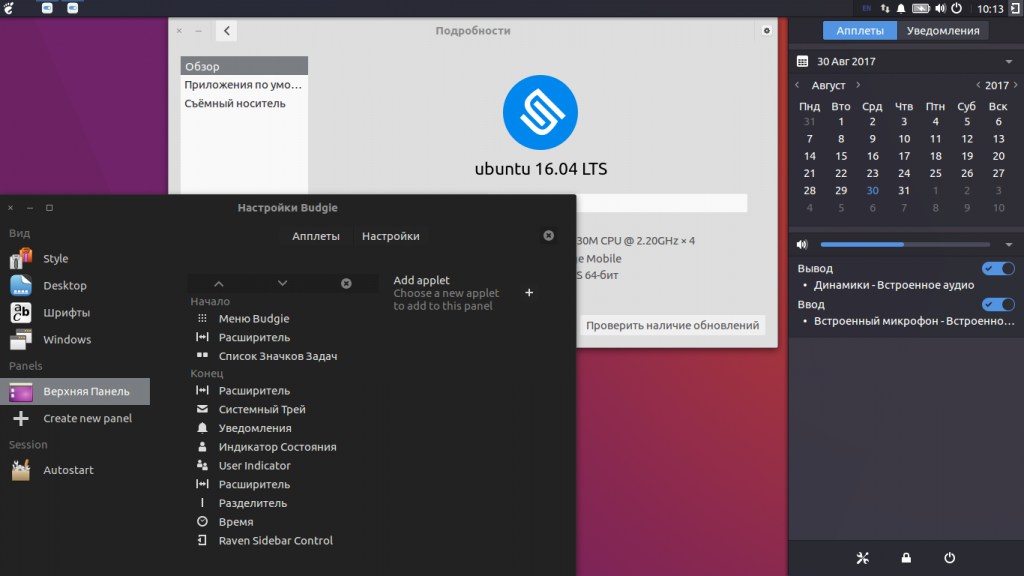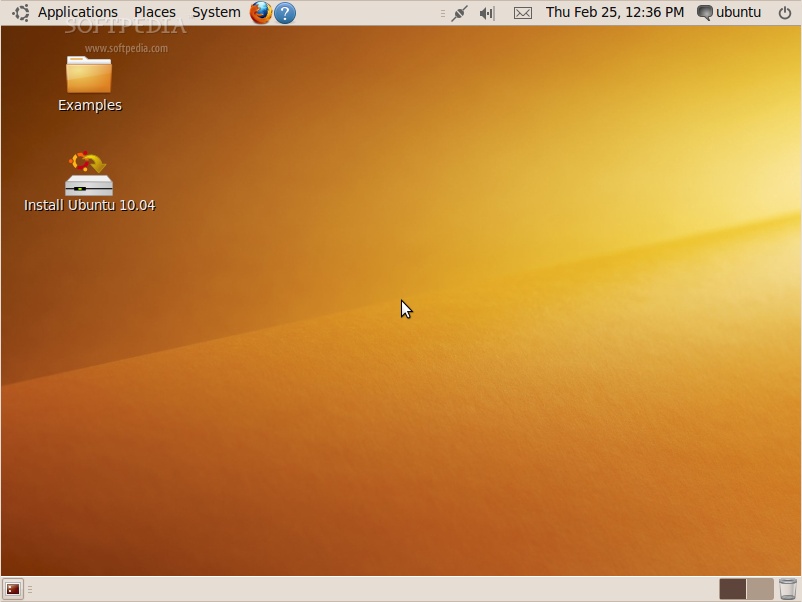Ubuntu 18.10 “Cosmic Cuttlefish” is now available. This releases features a shiny new theme named “Yaru,” which was originally scheduled for Ubuntu 18.04 LTS. The new GNOME 3.30 improves desktop performance, too.
Xubuntu 10.04 (Lucid Lynx) Select an image. Xubuntu is distributed on two types of images described below. The desktop CD allows you to try Xubuntu without changing your computer at all, and at your option to install it permanently later. A repository providing binaries of open source packages built for OS X Tiger (10.4) and Leopard (10.5) PowerPC. Select an image. Lubuntu is distributed on three types of images described below. Desktop image. The desktop image allows you to try Lubuntu without changing your computer at all, and at your option to install it permanently later.
Most of the improvements in Cosmic Cuttlefish are low-level things you can’t see. As usual, this means a lot of package upgrades. Ubuntu 18.10 features the Linux kernel 4.18, GNOME 3.30 desktop, and LibreOffice 6.1.2. Under the hood, this new release boasts a “state of the art toolchain” featuring various new versions of system software, from glibc 2.28 to GCC 8.2 and OpenSSL 1.1.1.
On the desktop, there’s a new default theme named “Yaru,” which includes a new icon set named “Suru.” This theme was made by the Ubuntu user community, and was known as the “Communitheme” at one point.
It already looks shiny and new, and it should be beautifully polished by the time it becomes the default theme for LTS users in Ubuntu 20.04.
The traditional Ubuntu theme, known as Ambiance GTK, is still available in the Ubuntu package repositories if you want it.
OMG! Ubuntu! reports that the Ubuntu 18.10 desktop feels a lot faster than Ubuntu 18.04 LTS did. This isn’t a surprise, as GNOME Shell’s developers have been working on seriously improving performance and reducing resource consumption for GNOME 3.30. And, as Ubuntu 18.10 now features GNOME 3.30, Ubuntu users now gain the benefits of all that work.
As Joey Sneddon over at OMG! Ubuntu! puts it in his review:
I don’t have hard stats to back it up, and it’s based entirely on my own personal experience, but Ubuntu 18.10 feels a lot faster than 18.04.

For the average Ubuntu user, we recommend sticking with Ubuntu 18.04 LTS. It’s a long-term service release, which means that it will be supported with updates for five years. This is the rock-solid stable release that won’t make you upgrade too often.
Ubuntu releases new “stable” versions every six months, but new long-term service releases only once every two years. These stable releases are only supported with updates for nine months. You’ll have to upgrade to a new version of Ubuntu every six months or so with this release track.
READ NEXT- › How to Use the chmod Command on Linux
- › How Writers Can Use GitHub to Store Their Work
- › How to Easily Recycle the Old Electronics You Can’t Sell
- › How to Check if Your Chromecast Is Still Getting Updates
- › How to Play Adobe Flash SWF Files Outside Your Web Browser
Startup Disk does not see it as bootable. Holding down C gives up and ejects it. I have tried PPC version of CDs for both Lucid and Maverick.
The machine is a 867 MHz PowerPC G4 with 512 MB RAM.
I Got the ISOs here and here
Any suggestions?

2 Answers

Boot to OpenFirmware, then boot the CD from there.
I find that my G4 PPC won't boot from CDROM/DVD, in fact it's pretty fussy about reading a lot of newer optical media.
The easiest is to create a bootable USB stick. This will involve a having to boot it from the OpenFirmware prompt. There is a good guide available.